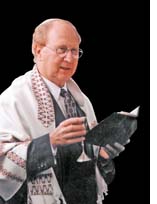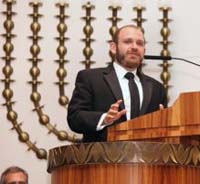Jewish-interest license plate: God Z 1
SAN DIEGO — Our license plate maven Melanie Rubin spotted this license plate which is reminiscent of the shema prayer: Hear O Israel, the Lord Our God, the Lord is One! Call it another example of car-happy California religion!
Jewish-interest license plate: God Z 1 Read More »
Jewish Religion, Melanie Rubin, Trivia, Humor & Satire








